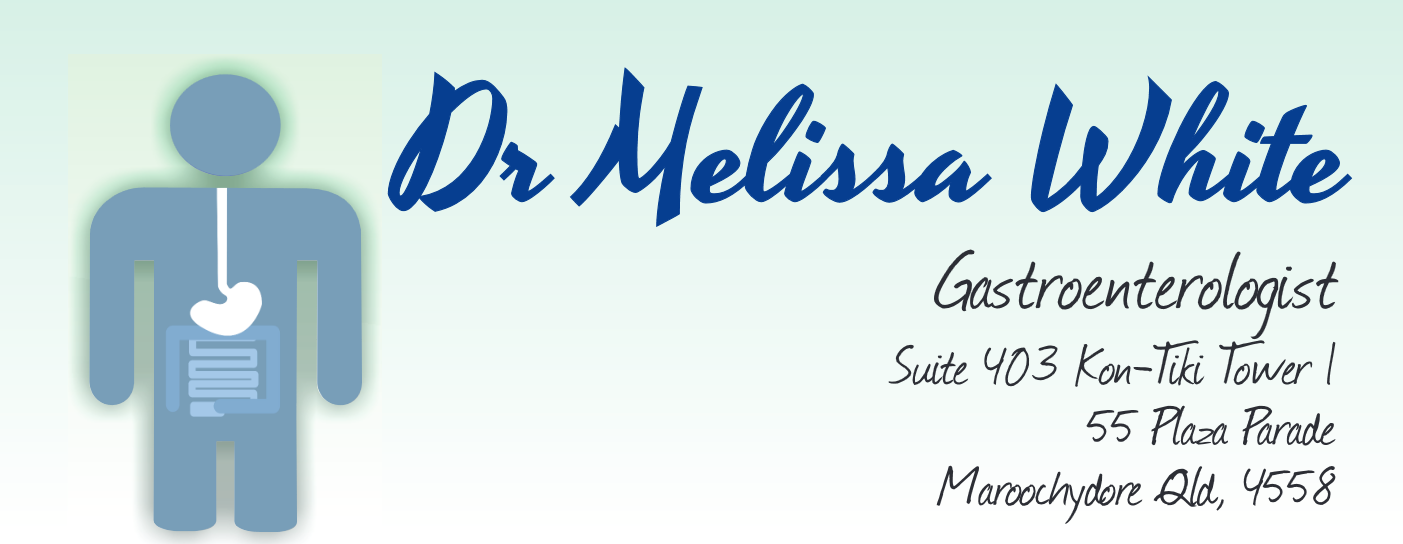Barrett’s Oesophagus
Barrett’s Oesophagus is the replacement of the normal ‘skin-like’ lining of the lower oesophagus by lining that is similar to what is seen in the stomach. This occurs as a consequence of chronic reflux disease and is possibly an initial attempt to adjust the lower oesophagus to the presence of excess acid.
This condition can affectively be silent, in that you may not be aware that you have or have had reflux disease. The significance of having tissue in an area where it is not supposed to be is the possibility that it can become malignant. In effect, Barrett’s Oesophagus is potentially a pre-malignant condition. It is important that the area of abnormal lining is biopsied at regular intervals to make sure nothing sinister develops. This pre-malignant process is called ‘dysplasia’. We look for dysplasia on the biopsies we take. We cannot see dysplasia with the naked eye, so biopsies are very important. If we see dysplasia on the biopsies we may make your interval to your next endoscopy and biopsies less than 2 years. When Barrett’s is first diagnosed, the interval for endoscopy is usually every 2 to 3 years.
The abnormal lining, or epithelium, extends for a variable distance above the end of the oesophagus and can also be shown to increase with time if the disease is not treated, as in, the acid is not suppressed. This is why we recommend you take a medication in a class of drugs called Proton Pump Inhibitors. The current medications in this group include Zoton, Somac, Nexium and Pariet.
The exact statistical risk of developing cancer in the oesophagus related to Barrett’s Oesophagus is unknown, but, in some studies, it has been reported to occur eventually in up to 10% of these patients. This is why your surveillance biopsies are extremely important. There are now cases in medical literature of reversal, or improvement, of the progression from Barrett’s to cancer and thus long-term Proton Pump Inhibitor therapy is very important. This is the only medical therapy available that could result in a decreased risk of developing cancer of the oesophagus.
